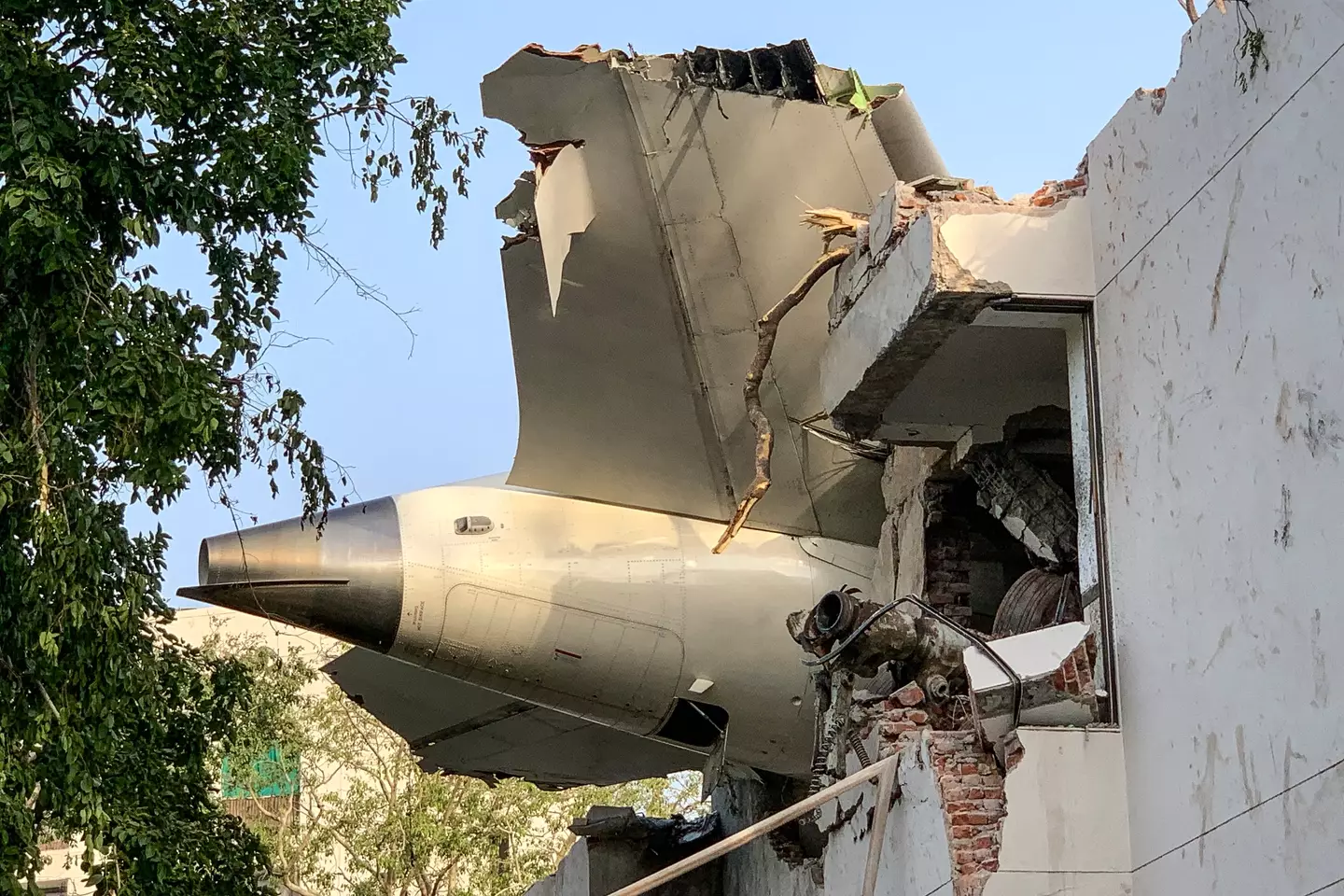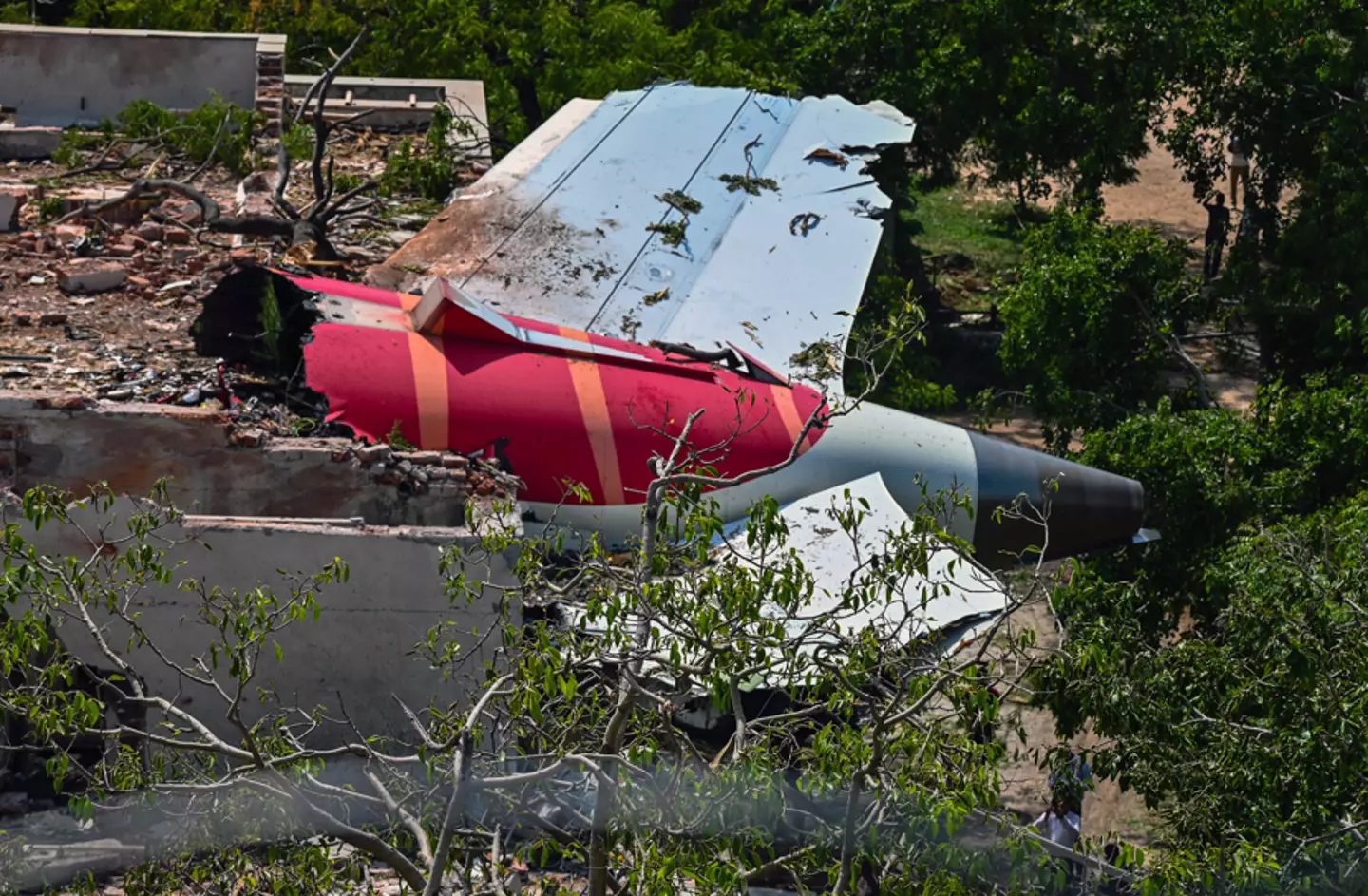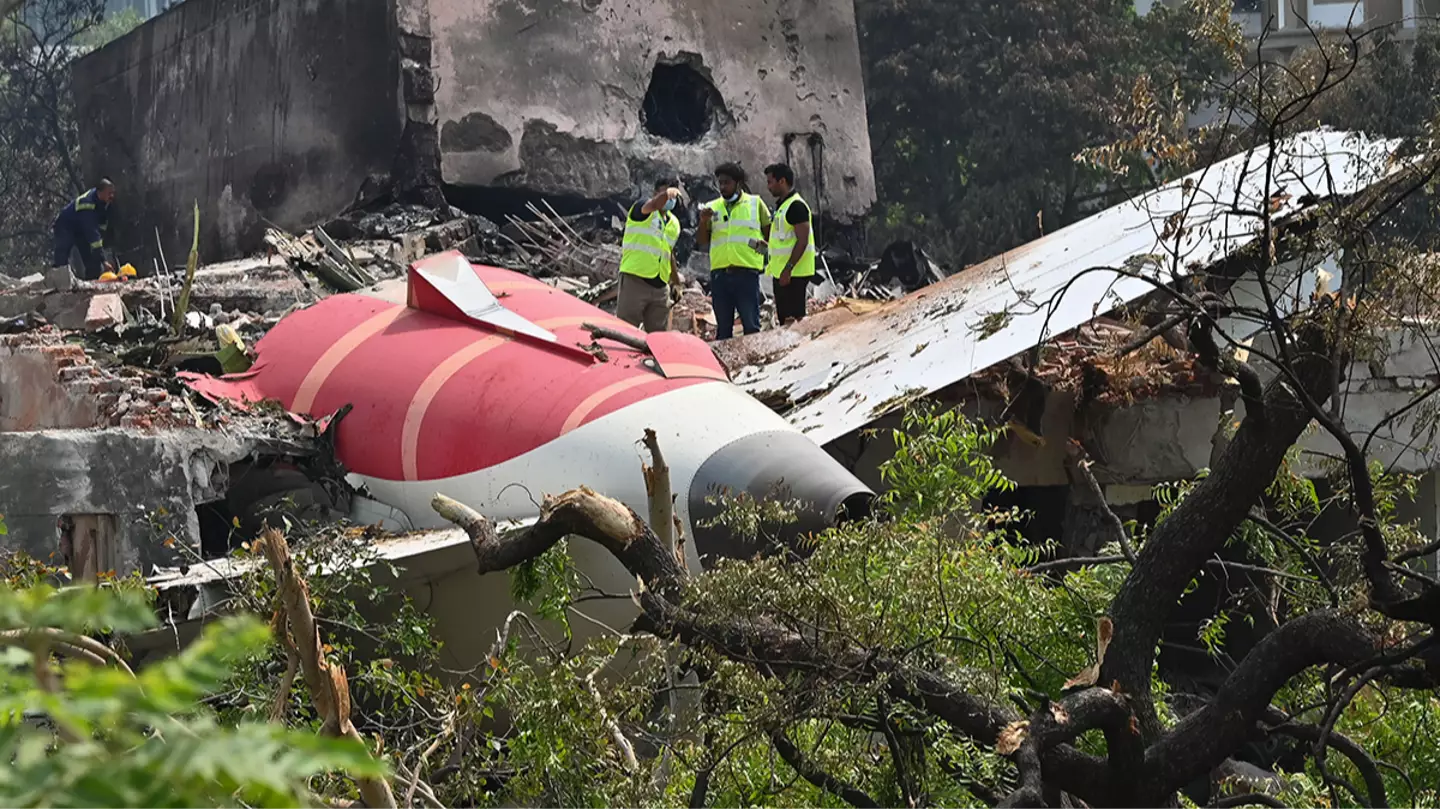A preliminary report has identified the cause of the Air India crash, revealing the last exchange between the pilots. According to the findings, the crash, which resulted in the deaths of 260 individuals, was due to a fuel cutoff to the engines.
The Boeing 787-8 Dreamliner experienced a sudden deceleration in mid-air on June 12 before it crashed into a medical college hostel in Ahmedabad, India. The disaster occurred 30 seconds after takeoff at 1.38pm local time.
Of the 242 passengers and crew on board, there was only one survivor: 40-year-old British national Vishwash Kumar Ramesh, who astonishingly emerged unscathed from the accident.
The crash also caused 19 fatalities on the ground after the aircraft collided with the hostel, prompting a demand for answers from the families of the victims.
Speculations about the factors leading to the crash, which happened so soon after takeoff, have been widespread.

Investigation has uncovered a cockpit recording indicating a disagreement between the pilots regarding the fuel cutoff. The Aircraft Accident Investigation Bureau released its report on July 11, noting that the pilots were discussing who had turned off the fuel supplies to the engines.
Though it remains unclear who was speaking, the recording captured one pilot questioning the other about the fuel cutoff, which was denied by the second pilot.
The report verifies that Air India Flight 171 had reached a peak airspeed of 180 knots before the fuel to both engines was cut off almost simultaneously.
Although the fuel supply was reinstated, one engine was still recovering and the other had not yet done so at the time of the crash.
Commenting on the report, Imtiyaz Ali, who lost family members in the crash, expressed dissatisfaction, stating, “Other than the pilots’ final conversation, there’s nothing in it that really points to what caused the crash.”
He continued, “We want to know exactly what happened. It won’t change anything for us now, we continue grieving – just as we have since that day. But at least we’ll have some answers.”
The report detailed: “The aircraft achieved the maximum recorded airspeed of 180 Knots IAS at about 08:08:42 UTC and immediately thereafter, the Engine 1 and Engine 2 fuel cutoff switches transitioned from RUN to CUTOFF position one after another with a time gap of 01 sec.”

“The Engine N1 and N2 began to decrease from their take-off values as the fuel supply to the engines was cut off.”
Typically, pilots cut the fuel supply during landing and only do so mid-air during emergencies, such as an engine fire. However, the report does not find that any emergency necessitated the fuel cutoff, nor does it conclude how the switches were moved.
Peter Goelz, a former managing director of the US’s NTSB, told the BBC: “The finding is very disturbing – that a pilot has shut off the fuel switch within seconds of flying.”
He added, “There’s likely much more on the cockpit voice recorder than what’s been shared. A lone remark like ‘why did you cut off the switches’ isn’t enough.”
“The new details suggest someone in the cockpit shut those valves. The question is, who, and why? Both switches were turned off and then restarted within seconds. The voice recorder will reveal more: was the flying pilot trying to restart the engines, or the monitoring one?”

